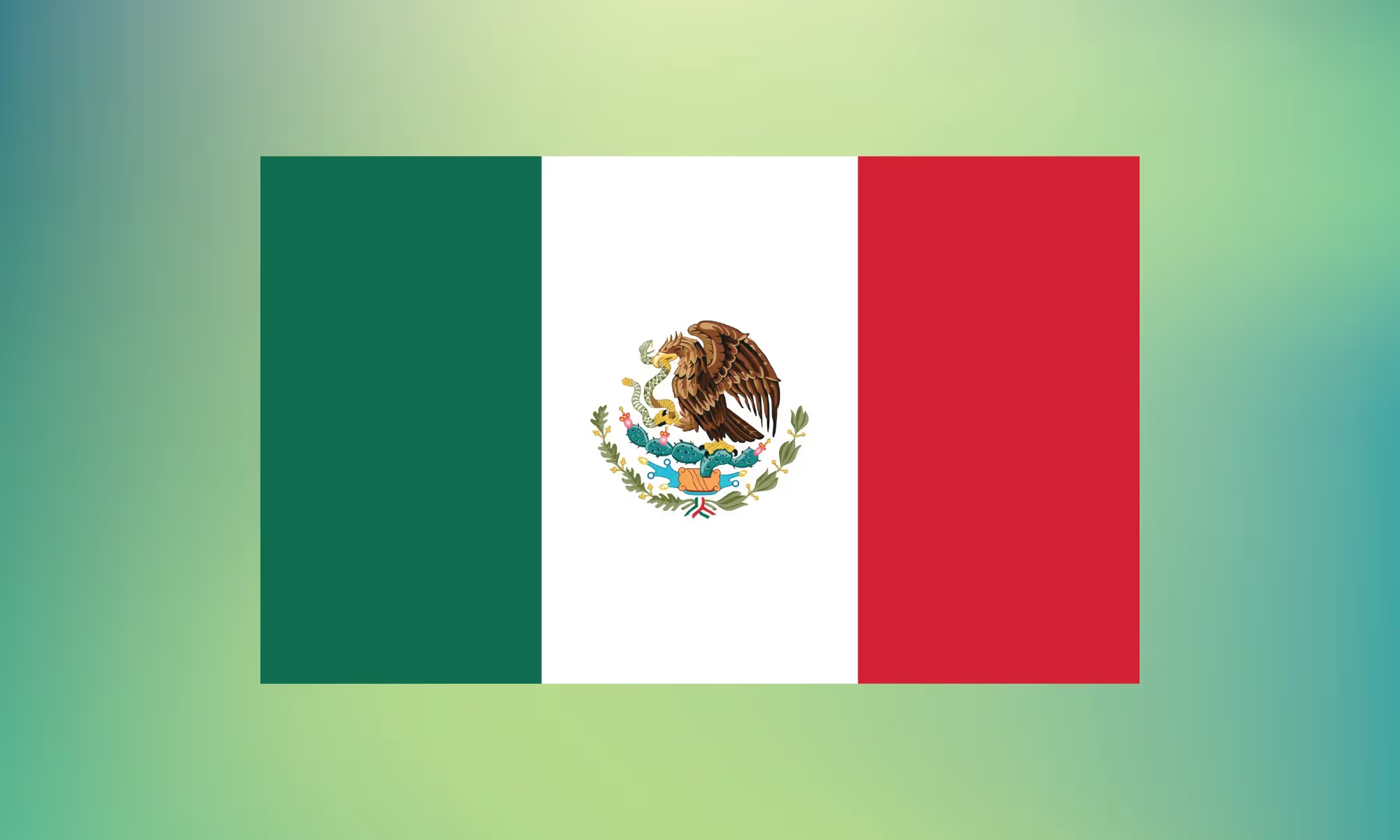For VAT/GST professionals, US sales tax can be a challenging subject, especially when determining what sales tax rate to charge and collect. Non-US companies doing business in the United States need to know about sourcing rules.
This article will dive into each approach and help you navigate the complexities of sales tax sourcing.
What are sourcing rules?
Sourcing rules determine which jurisdictions have the right to tax a particular transaction. VAT/GST professionals can think of them as “place of supply” rules for sales and use taxes. However, with over 11,000 taxing jurisdictions in the US, it is crucial to understand where a sale takes place and which jurisdiction’s tax rate applies.
Sourcing rules are complex, and states differ in their approach to sourcing. Navigating these rules is critical. It is the only way to ensure that you collect sales taxes correctly and remit the appropriate tax amounts based on the correct sourcing rules in the right jurisdictions. These rules become increasingly complex as your business expands in geographical reach across the US and increases its product or service offerings.
Overall, there are three main approaches to sourcing, which essentially determine where a transaction takes place for sales tax purposes:
- destination-based sourcing,
- origin-based sourcing, and
- mixed sourcing.
What is destination-based sourcing?
Under destination sourcing, the taxable sales are sourced based on the location where the customer receives the product or service, which is often the “ship-to” location. However, it's worth noting that the "ship-to" location does not always reflect where the customer receives the product or service. For example, for concert tickets, the sourcing location could be based on the location of the event, rather than the customer's address.
In general, the tax rate applied is determined by the destination of the product or service. For example, in a state that applies destination sourcing, if you sell a product and ship it to the customer’s home, the customer’s address serves as the location of the transaction for sales tax calculation purposes. On the other hand, if the customer shops and purchases the product at your brick-and-mortar store, the store’s address serves as the location of the transaction.
Destination sourcing applies in the following cases.
- US inbound transactions: As a first rule of thumb, destination sourcing applies to US inbound transactions. For example, if a French company sells a product to a customer in New York, the sales tax rate will be based on the location where the product is delivered in New York. Since the US Supreme Court’s decision in South Dakota v. Wayfair in 2018, states can require foreign sellers to register and collect sales tax upon exceeding certain economic nexus thresholds, even if the seller lacks a physical presence in that state (we wrote about economic nexus before). In such cases, the sales tax rate will be based on the location where the product is delivered, which can vary depending on the specific location in the state, as different counties and cities may have their own sales tax rates.
- US interstate transactions: As a second rule of thumb, destination sourcing applies to US interstate transactions. Interstate transactions are sales from a business located in one state to a customer located in another state, such as a sale from Pennsylvania to Florida.
- Intrastate transactions in most states: Destination-based sourcing is the most widely used method of sourcing intrastate transactions. Intrastate transactions are transactions that take place entirely within a state, such as a sale from a business in Atlanta, Georgia, to a customer in Columbia, Georgia. The state's tax law controls whether the state applies destination or origin sourcing for intrastate transactions.
If a state follows destination-based sourcing, sales tax is collected based on the purchaser’s location. This does not affect sales tax calculations in single-rate states because the tax rate is the same regardless of where the purchaser is located within the state. For example, the general sales tax rate in Massachusetts is the same throughout the entire state, regardless of whether you are in Boston or Worcester.
However, there are very few states that have a single rate. Most states have multiple rates, with counties, cities, and even local districts potentially having different sales tax rates, adding up to more than 11,000 taxing jurisdictions in the US. Businesses must be aware of the different tax rates and how to calculate them accurately to ensure compliance with state and local laws.
What is origin-based sourcing?
Origin-based sourcing means sales tax is charged at the place the sale is made from (often the “ship-from” location). In other words, sales tax is collected based on the seller's location rather than the buyer’s location.
As mentioned above, most states apply destination-based sourcing for intrastate transactions. However, a handful of states follow origin-based sourcing rules for intrastate transactions. These states include Arizona, Illinois, Mississippi, Missouri, Ohio, Pennsylvania, Tennessee, Texas, Utah, and Virginia. For example, a business located in Phoenix, Arizona, would charge all Arizona customers the sales tax rate applicable at the Phoenix business address, regardless of where the customer lives in the state or where the item is shipped to.
States can and do change their sourcing rules. For example, New Mexico transitioned from origin to destination principle on July 1, 2021, and Colorado did the same on October 1, 2022.
What is mixed sourcing?
Mixed sourcing is a combination of both origin-based and destination-based sourcing rules. While most states have clear rules for either origin or destination-based sourcing for intrastate transactions, some have a different approach by incorporating a little bit of both.
- In theory, California is considered a modified origin-based state (or a “hybrid-origin” state), which means that for in-state sellers, the state, county, and city taxes are calculated based on the location of the seller or ship-from address (origin-sourcing), while district taxes are calculated based on the location of the buyer or ship-to address (destination sourcing). Suppose a business is based in Los Angeles, California, and sells a product to a customer located in San Francisco, California. In that case, the state, county, and city taxes are calculated based on the Los Angeles location, while the district taxes are based on the San Francisco location.
- Things can get even more complicated when sourcing rules are applied differently for intrastate sales based on the type of transaction. For instance, Ohio applies origin sourcing for the sale of tangible personal property in general but uses destination sourcing when it comes to services (you can see Ohio’s sourcing chart). This means that businesses operating in such states need to be well-versed in the nuances of their state’s sales tax regulations and be able to apply the different sourcing rules based on the nature of each transaction.
Key Takeaways
Sourcing rules are a critical component of sales tax, and businesses need to be aware of the complexities involved. Depending on the nature of the transaction, the sourcing rules can differ, and businesses must apply the correct tax rates based on the correct sourcing rules. By understanding the different approaches to sourcing in sales tax, businesses can better manage their sales tax obligations.
Here is a quick reminder of the three types of sourcing rules:
- Destination-based sourcing, the sales tax is based on the location where the service is provided or where the item is being shipped to, also known as the “ship-to” location. Destination sourcing also applies to
- US inbound transactions: sales into the US from outside the US,
- Interstate transactions: sales between two different US states.
- Intrastate transactions: sales within a single US state. The majority of states follow destination-based sourcing for intrastate transactions.
- Origin-based sourcing requires that tax be calculated based on the location where the item is coming from or the “ship-from” location. Origin-based sourcing applies only to
- Intrastate: Quite a few states with local sales taxes have opted for origin-based sourcing for intrastate sales. However, the majority still use destination-based sourcing.
- Mixed sourcing, as the name implies, is a combination of the two. Mixed sourcing applies only to
- Intrastate transactions: A few states with local sales taxes have opted for origin-based sourcing for intrastate sales. However, the majority still use destination-based sourcing.
To help you navigate the complexity, the table below summarizes when to apply which sourcing rules.
However, it is essential to understand the nuances of each state's regulations and how they apply to your business to ensure you're collecting and remitting the correct tax amounts. The more business you do, the more customers you have and, potentially, the more US states where you have an obligation to calculate and collect sales tax.
How can Fonoa help?
At Fonoa, we know that navigating the complex seas of sales tax can be challenging for anyone, especially online businesses that operate globally and across multiple US states. Fonoa's tax engine that automates sales tax and VAT/GST calculations and provides accurate tax rates for each transaction you have. Our tax engine also considers the specific sourcing rules for US states, ensuring that you always collect and remit the correct amount of sales tax.
Get in touch to discover how we can help you meet these challenges.
















